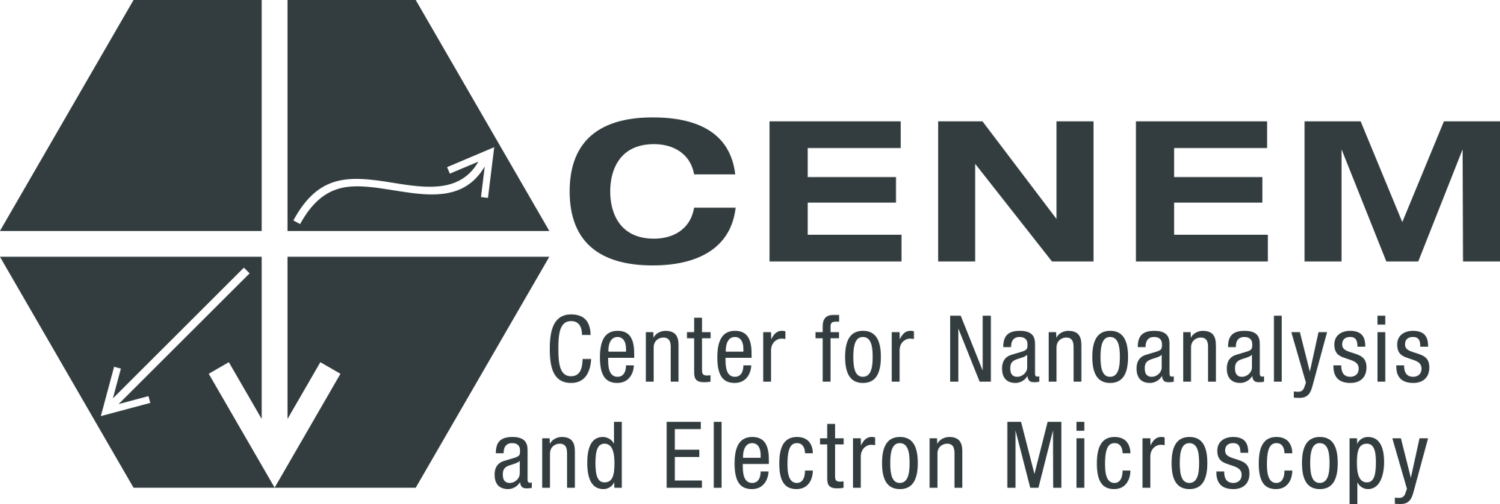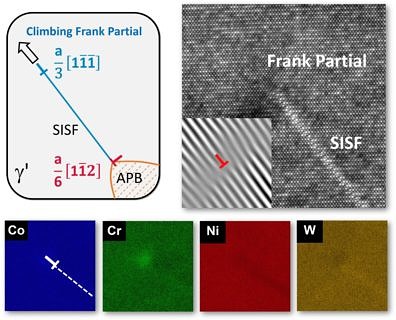Creep deformation in superalloy: dislocation climb as an alternative to glide
As the fundamental carrier of plastic deformation of crystalline materials, the motion of dislocations can be achieved by glide and climb. In metal materials with a face-centered cubic structure (covering most of the metal materials in service), due to many possible of slip systems, low energy and fast speed, the glide of dislocations is the dominant contributor in plastic deformation, whereas dislocation climb is usually considered slow and require to overcome higher energy barrier, because it requires atoms to diffuse. Therefore, the design of high-performance metal materials has been largely surrounding the ideas to prevent dislocation glide. Single crystal nickel-based and cobalt-based superalloys are the essence human knowledge in metallurgy. Its design have employed all three possible strengthening mechanisms: grain boundary elimination, precipitation hardening and solid solution strengthening. It has been widely used in the most critical parts of flight engines and stationary turbines for half a century since its birth, providing excellent mechanical properties at extreme service conditions. From the first generation to replace the titanium alloy to the current fourth-generation alloy, its service temperature have increased, and its mechanical properties continue to improve. With the focus of research shift towards cobalt-based superalloys with potential advantages in recent decade, more complicated dislocation glide deformation mechanisms have been discovered, and diffusion and segregation have gradually been paid more attention. The mechanism of the plastic deformation due to dislocation climb remains from the proposal by Kear et al. in the 1970s, bacause dislocation climb in “superalloy” has never been observed experimentally.
In this paper, a first atomic-scale observation of so called Frank partial dislocations formed upon high-temperature creep is reported and analyzed in detail. These dislocations create superlattice intrinsic stacking faults by positive climb. In this recent work, we discuss the formation mechanism and the underlying dislocation reactions as well as the solute-defect interaction, facilitating the motion of such Frank dislocation. This alternative mechanism pinpoint noval ideas to design next generation alloys.
- , , :
Segregation-assisted climb of Frank partial dislocations: An alternative route to superintrinsic stacking faults in L12-hardened superalloys
In: Acta Materialia 191 (2020), p. 270-279
ISSN: 1359-6454
DOI: 10.1016/j.actamat.2020.03.056

